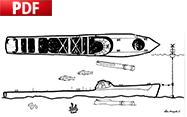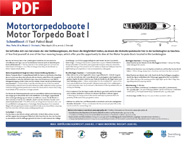 |
 |
About the Motortorpedo Boats
The South Funen Archipelago offers many submarine secrets. In the bay Lunkebugten, less than 2 km from the coast, you find four interesting WWII ship wrecks with a unique story.
The storyShortly before midnight on 6 May 1945, the Lunkebugten residents heard several explosions. The occupation had come to an end and the Germans had surrendered: What was the cause of the explosions? Local wharfs built and repaired German marine vessels during the War. Half of the work carried out at the large wharf, Svendborg Værft, located on the island, Frederiksøen, was carried out for the Germans. 97 percent of the work carried out at the smaller wharf, Gammel Hestehauge Værft, which was owned by Henry Rasmussen, who was of mixed Danish and German heritage, was carried out for the Germans. Rasmussen’s wharf, which today is known as Svendborgsund Marina, built minesweepers, amongst others.
During the last months of the War, a training establishment for motor boats, Schnellboot Lehrdivision, moved to Svendborg and away from the advancing Russians. The training establishment brought with it, amongst others, motor boats said to be of the S-100 type. With a length of approximately 35 metres and a width of near on 5 metres and three diesel engines, the S-100 model could reach speeds of nearly 80 km/h. Armed with torpedoes and machine guns, this type of boat was responsible for the sinking of more than 100 allied vessels during the War. The models, which were taken to Svendborg, were not completely fitted and were to be fitted for battle at the Gl. Hestehave wharf.
This was not accomplished before the Liberation. To prevent the Allied from acquiring the nearly fitted motor boats, they were towed into the Lunkebugten and sunk.
More information about the Motortorpedo boat here >
|
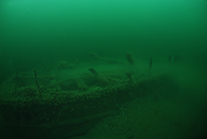 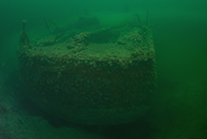 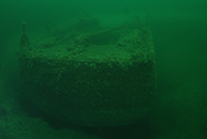 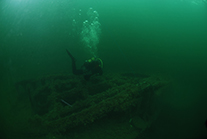 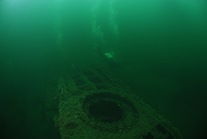 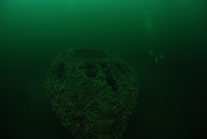 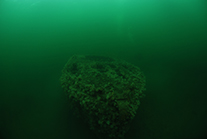 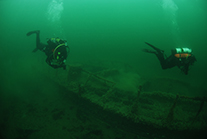 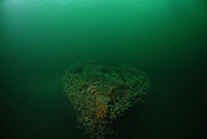 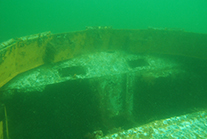 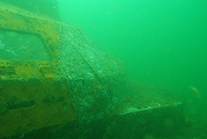 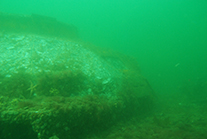 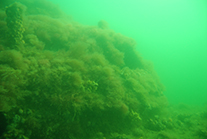 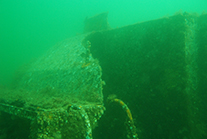 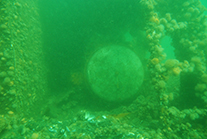
|

